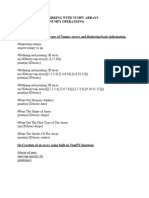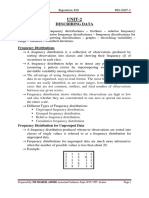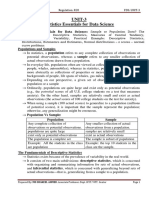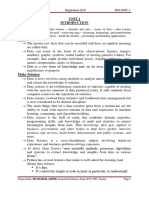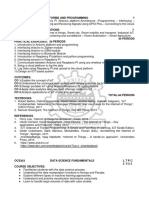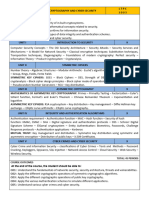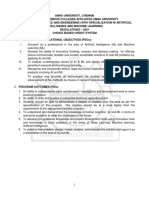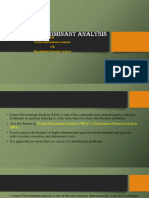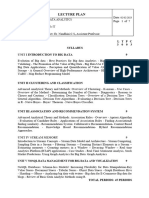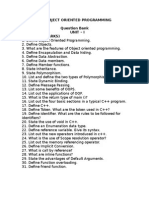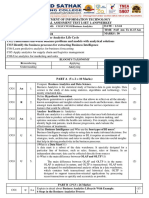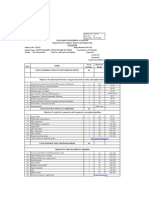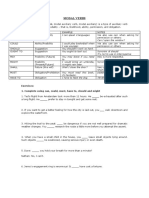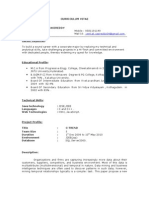0% found this document useful (0 votes)
226 views50 pagesDsf-Pyt-Lab Manual
Uploaded by
thilakraj.a0321Copyright
© © All Rights Reserved
We take content rights seriously. If you suspect this is your content, claim it here.
Available Formats
Download as DOCX, PDF, TXT or read online on Scribd
0% found this document useful (0 votes)
226 views50 pagesDsf-Pyt-Lab Manual
Uploaded by
thilakraj.a0321Copyright
© © All Rights Reserved
We take content rights seriously. If you suspect this is your content, claim it here.
Available Formats
Download as DOCX, PDF, TXT or read online on Scribd
/ 50
